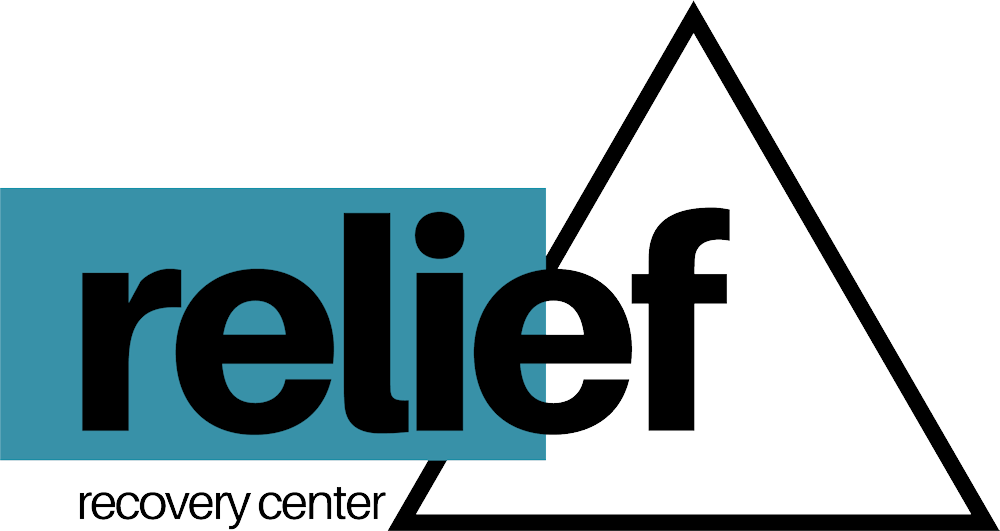Approximately 40 million Americans wrestle with anxiety, but statistics show that only about 37% of these individuals get treatment. This wide-ranging problem arises from many factors, including misunderstandings about anxiety and what it implies. People often mistake anxiety disorders for typical psychological responses to stressful times or trauma, which can lead to underestimating their seriousness.
Alarmingly, anxiety often leads to substance abuse and other psychiatric disorders. Despite this worrying connection, awareness about the seriousness of anxiety disorders and their relationship with addiction is surprisingly low. This gap in understanding becomes even more troubling when considering the widespread abuse of certain anti-anxiety medications like Xanax.
So, what are ‘Xanax bars’? You might have heard the term, but you may not fully understand it. Xanax, one of the most commonly prescribed (and misused) anti-anxiety medications, comes in various forms, all of which merit close inspection.
In this guide, we’ll examine the different types of Xanax bars, their strengths, potential risks, and side effects. We’ll also highlight the importance of spotting counterfeit Xanax—an essential skill for anyone dealing with this medication. Let’s step into the world of Xanax and uncover the information you need to use it safely and effectively.
First, let’s look at Xanax: Prescription Uses and Risks
Healthcare professionals widely recognize and frequently prescribe Xanax, also known as Alprazolam, particularly in the mental healthcare sector. Xanax first entered mainstream medicine in the 1970s and has since become a mainstay in the fight against anxiety disorders and panic attacks.
Xanax, or Alprazolam, has effectively mitigated the symptoms of anxiety. Besides its anti-anxiety uses, doctors also use it as a sleep aid due to its sedative effects. However, this calming property can lead to potential misuse. Xanax’s fast-acting effects and pronounced sedative properties make it a target for recreational abuse, turning a useful anxiety treatment into a drug of concern.
It’s important to know that Alprazolam is a controlled substance due to its high potential for abuse. You can’t legally get it without a valid prescription. If you’re worried about potential substance misuse within your family, learning to recognize Xanax and understanding its forms—especially Xanax bars—is a vital first step.
The Nature of Xanax Addiction
Healthcare professionals write millions of Alprazolam prescriptions each year, so it’s commonly found in healthcare settings and households where its use is routine. Its addictive nature—akin to other benzodiazepines like Klonopin and Valium—and accessibility have fostered a troubling trend of misuse. People often refer to Xanax as ‘Xanax bars,’ and it comes in various shapes and colors, each indicating a different dosage level.
Like other benzodiazepines, Xanax enhances the potency of GABA, a neurotransmitter that slows down neural activity. This sedation effect can be a lifeline for individuals with anxiety disorders, offering them a way to find relaxation and calm.
While mild drowsiness and disorganized thinking are common side effects of Xanax, excessive use can result in heightened sleepiness. Moreover, high doses can quickly escalate to a full-blown overdose, characterized by dangerously slow breathing and convulsions. Therefore, understanding the different types of Xanax bars, their strengths, risks, and side effects, is crucial for safe usage.
Types of Xanax Bars
#1 White Xanax Bars
People often refer to White Xanax bars as “sticks.” They are one of the most commonly prescribed forms of this medication. Each bar, recognizable by its rectangular shape and division lines, typically contains 2 milligrams of the active ingredient, alprazolam.
#2 Green Xanax Bars
Green Xanax bars are almost identical to white bars, containing the same 2 milligrams of alprazolam. They differ mainly in their manufacturers. Their usage and effects remain consistent with white bars—providing relief for those suffering from severe anxiety and panic disorders.
#3 Yellow Xanax Bars
People often call Yellow Xanax bars the “school bus” because of their color and shape. Like the white and green bars, yellow bars typically contain 2 milligrams of alprazolam. Some versions might be scored into three sections, unlike the typical four.
#4 Blue Xanax Bars
Blue Xanax bars differ in dosage and shape. They usually contain 1 milligram of alprazolam and are often oval instead of rectangular. However, they are prescribed for the same reasons—to help manage symptoms of anxiety and panic disorders.
#5 Pink Xanax Bars
Pink Xanax is less common and contains a lower dose of 0.5 milligrams. These bars, usually oval-shaped, are typically prescribed for the same reasons as their counterparts but are aimed at patients who require a less potent form of the medication.
#6 Red Xanax Bars
Red Xanax bars, also known as Red Devils, are a potent version of this medication, usually containing 5 milligrams of alprazolam – more than double the amount typically found in the more common white, green, and yellow bars. Because of their high potency, they can pose significant risks if taken without proper medical supervision.
Red Xanax bars are not as common as their white, green, yellow, or blue counterparts, and they’re often produced illicitly. Sadly, this means that many Red Xanax bars on the streets may not contain alprazolam at all. Instead, they might be laced with other potentially dangerous substances, posing an even greater risk to individuals who misuse them.
Understanding The Dangers and Side Effects of Xanax Bars
Xanax, or alprazolam, belongs to the benzodiazepines class of drugs, known for their calming effects on the central nervous system. While Xanax can offer significant relief for those struggling with anxiety disorders and panic attacks, misuse can lead to dependence and addiction. It’s crucial to understand the potential side effects, which can include drowsiness, dizziness, increased salivation, and in some cases, mood changes.
Find Your Way to Recovery at Relief Recovery Center
If you or a loved one are grappling with life’s challenges, hampered by the misuse of anti-anxiety medications like Xanax, it might be a sign of addiction. The path to overcoming such addiction often involves abstaining from the prescription drug. It’s essential to realize that Xanax addiction can quickly escalate to a life-threatening situation, with benzodiazepine overdose being a common and hazardous consequence of misuse.
But breaking free from the grip of Xanax is no easy task. The withdrawal symptoms can be physically and emotionally taxing, emphasizing the need for professional medical supervision.
You don’t have to walk this journey alone. At the Relief Recovery Center, we’re dedicated to helping you navigate this challenging path. We work closely with various detox centers to ensure safe and comfortable withdrawal from benzodiazepines. Our outpatient drug rehab program provides you with the resources, tools, and support you need to build a life free from Xanax addiction.
Let us help you leave Xanax bars behind—for good. Contact Relief Recovery Center today to learn more about our comprehensive and effective Xanax addiction program. Your journey towards a healthier, happier life is just a call away.
Note: This content is intended to supplement, not replace, advice from your doctor or healthcare provider. It does not cover all possible uses, precautions, interactions, or adverse effects. Always consult with your healthcare provider about your specific health needs.
Sources:
- The National Institute on Drug Abuse (NIDA)
- The Substance Abuse and Mental Health Services Administration (SAMHSA)
- The Anxiety and Depression Association of America (ADAA)
- Information about Xanax on MedlinePlus
- Harvard Health Publishing: Benzodiazepines (and the alternatives)
- American Society of Addiction Medicine
- Centers for Disease Control and Prevention (CDC) – Understanding the Epidemic
- Mayo Clinic – Drug Addiction (Substance Use Disorder)



